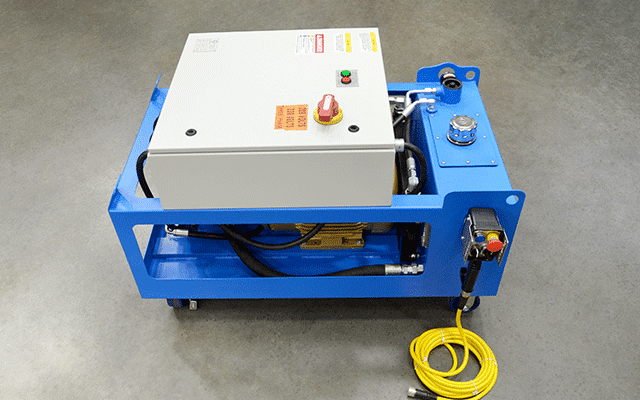CFD risk management: advanced techniques for advanced traders

Risk management is essential for CFD traders in the United Kingdom, as it can mean the difference between success and failure. Risk management strategies are crucial for advanced traders accessing more complex instruments such as futures contracts, options, derivatives and leveraged accounts. Advanced risk management strategies must minimise losses, protect profits, and maximise returns. This article will discuss the most effective advanced risk management techniques available to UK CFD traders.
Leverage limiting
Leverage limiting is a strategy CFD traders use to limit their risk exposure. CFDs are leveraged instruments, meaning they can be traded with borrowed funds. Therefore, the potential return on investment can be significantly higher than traditional investments, but it also increases the risk of losses. Leverage limiting involves setting a maximum leverage ratio for each CFD asset and sticking to it no matter how attractive the trade appears. It ensures that losses will remain acceptable in case of unexpected market movements or unforeseen events. Moreover, it helps traders adjust their risk exposure according to their individual trading goals.
Trailing stop-losses
Trailing stop-losses are another vital risk management tool available to CFD traders. A trailing stop-loss is an automated exit order that follows the CFD’s price movement. It will move with the CFD’s price, allowing traders to lock in profits as they rise without actively monitoring their positions. A trailing stop-loss can be set at a certain percentage or absolute value, and it will automatically close the CFD position when either of those values is breached. Additionally, CFD trading brokers offers advanced CFDs with an embedded trailing stop-loss feature, which can automatically close positions when the price moves in the opposite direction of the trader’s position.
Hedging
Hedging is another risk management tool available to CFD traders. In its simplest form, hedging involves offsetting CFD risks on different assets so that the other will make money if one loses money. For example, if a CFD trader has bought CFDs on a particular stock and the stock price begins to fall, they can hedge their position by buying CFDs on an asset expected to rise in value. This way, even if the CFD trader’s original CFD position loses money, they will still make money from their hedging CFD position.
Position sizing
Position sizing is another important risk management strategy for CFD traders. It involves allocating a certain percentage of the CFD trading capital to each trade. By setting a maximum percentage of capital to be risked per trade, CFD traders can ensure that no loss is too damaging to their trading accounts. Position sizing can be calculated by multiplying the size of each CFD trade by its risk-adjusted return. Furthermore, Some brokers offer advanced CFDs with built-in position sizing features, which can be used to limit the size of each trade.
Diversification
Another strategy CFD traders should be aware of is diversification. Diversification involves spreading a trader’s capital across multiple different CFDs with varying levels of risk and reward. This way, if one CFD position loses money, it won’t put too much of a dent in the overall portfolio, as the other CFD positions may still make money. Additionally, this allows for greater potential profits from winning trades due to the increased number of positions open at any given time. Some brokers offer advanced CFDs with an embedded diversification feature, which can be used to spread the risk across multiple CFD positions.
Risk-based stops
Risk-based stops are another risk management tool available to CFD traders. A risk-based stop is an order that closes a CFD position when the potential loss exceeds a certain pre-defined percentage of the initial investment. This way, if the market turns against a trader’s position, they won’t take too much of an unnecessary hit to their trading capital. Additionally, some brokers offer advanced CFDs with built-in risk-based stop features, making it easier for traders to set limit losses on each trade without actively monitoring them all day.




